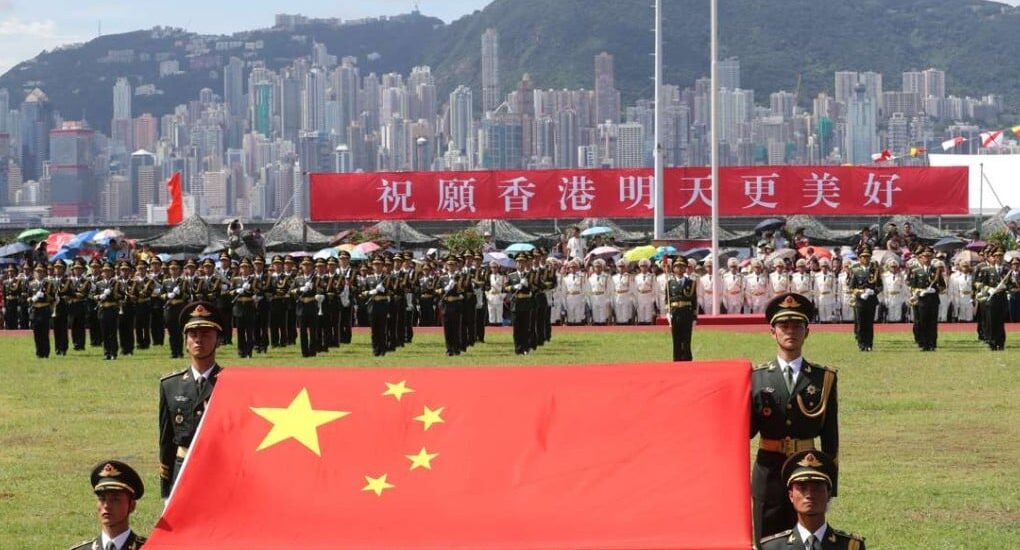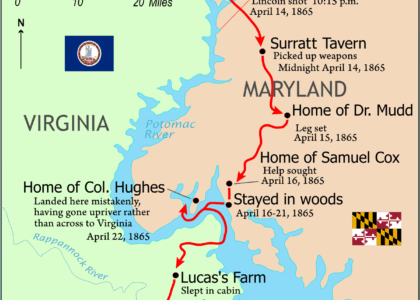Welcome to Singapore’s Path to Independence, a place where history and modernity converge to tell the tale of a city-state that has risen from its tumultuous past to become a global powerhouse. Situated at the southern tip of the Malay Peninsula, Singapore’s strategic location has been both a blessing and a battleground throughout history.
Let’s step back in time to the early 14th century, when the island was known as Temasek, a bustling port in the Srīvijaya Empire. Legend has it that a Sumatran prince named Sri Tri Buana founded the city after mistaking a fierce tiger for a lion, thus naming it Singapura, or ‘Lion City.’ This small settlement would soon grow to become a significant node in the region’s maritime trade routes.
In the 19th century, the British East India Company, under the leadership of the visionary Sir Stamford Raffles, recognized Singapore’s potential as a trade hub. In 1819, Raffles established a British trading post here, setting the stage for its transformation into a major port city. Despite initial protests from the Dutch, Singapore’s trade flourished under British rule, attracting merchants and immigrants from all over Asia, creating a vibrant, multicultural society.
Fast forward to the mid-20th century, Singapore played a pivotal role during World War II as a strategic military base. However, in 1942, it fell to the Japanese in a dramatic turn of events that marked one of the worst defeats for the British Empire. After the war, Singapore was returned to British control, but the seeds of independence had been sown.
In 1963, Singapore briefly joined the Federation of Malaysia, a union that was fraught with political and ethnic tensions. By 1965, these tensions reached a breaking point, and Singapore seceded to become an independent republic on August 9th, 1965, a day now celebrated annually as National Day.
Singapore’s journey post-independence has been nothing short of remarkable. Under the leadership of its first Prime Minister, Lee Kuan Yew, Singapore embarked on a path of rapid industrialization and economic growth. Lee’s vision and policies turned the island into a global financial center and a hub for innovation and commerce.
Today, Singapore stands as a testament to resilience and ingenuity. Its skyline, a blend of colonial architecture and modern skyscrapers, reflects its rich history and forward-thinking ethos. As you explore this city, remember the stories of those who walked these paths before, shaping Singapore into the vibrant metropolis it is today.





